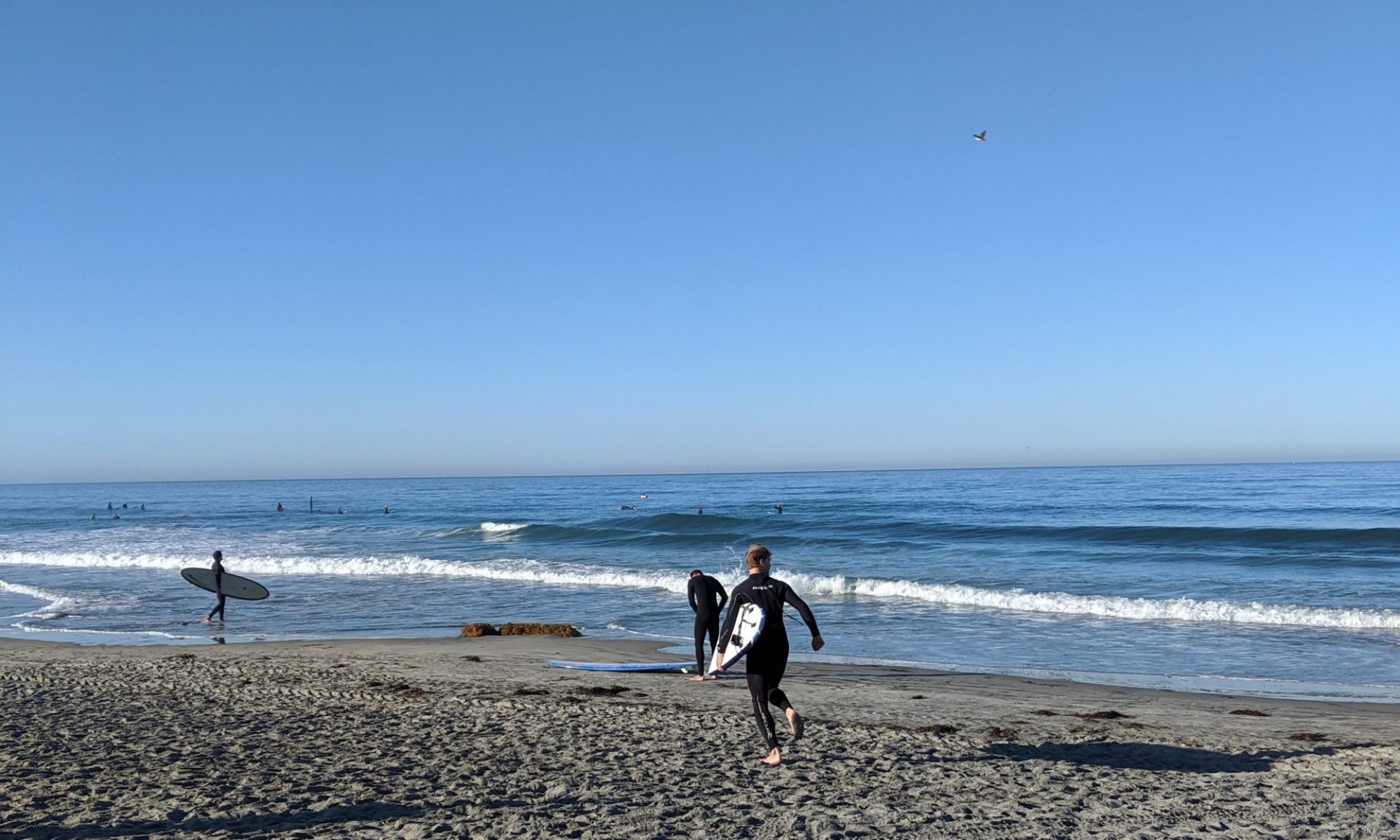Between The Ahnert and The Blauert, there is a new book in my library: The Ahrens:

From the description:
This book treats the topic of sound field synthesis with a focus on serving human listeners though the approach can be also exploited in other areas such as underwater acoustics or ultrasonics. The author derives a fundamental formulation based on standard integral equations and the single-layer potential approach is identified as a useful tool in order to derive a general solution. He also proposes extensions to the single-layer potential approach which allow for a derivation of solutions for non-enclosing distributions of secondary sources such as circular, planar, and linear ones. Based on above described formulation it is shown that the two established analytic approaches of Wave Field Synthesis and Near-field Compensated Higher Order Ambisonics constitute specific solutions to the general problem which are covered by the single-layer potential solution and its extensions. The consequences spatial discretization are analyzed in detail for all elementary geometries of secondary source distributions and applications such as the synthesis of the sound field of moving virtual sound sources, focused virtual sound sources, and virtual sound sources with complex radiation properties are discussed.
Another gem is the accompanied website, where Jens provides the Matlab source code for all Matlab figures used in this book – bravo Jens.



 Today, the mailman brought a
Today, the mailman brought a 
